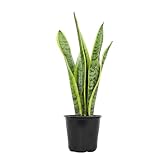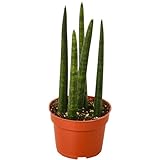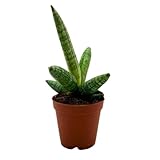Sansevieria Cylindrica (Dracaena Angolensis), commonly known as African Spear, Cylindrical Snake Plant, Spear Sansevieria, or Saint Bárbara Sword in Brazil, is an evergreen perennial native to Angola. What makes these curious-looking succulents interesting is their distinct, round-shaped leaves that grow from a basal rosette.
The species belongs to the Sansevieria genus that has been variously included in numerous families but it is usually placed nowadays in the Dracaenaceae family. Sansevieria Cylindrica was first described in 1837 by Wenceslas Bojer, a Czech naturalist, botanist, and botanical illustrator.
This succulent can be an extremely resistant houseplant and a friend in need, refreshing the air inside your home. Also, due to its capacity to keep the negative energies away, it is very valuable to Feng Shui culture amateurs.
Quick Facts
| Fact | Details |
|---|---|
| Scientific Name | Sansevieria Cylindrica (Dracaena Angolensis) |
| Common Names | African Spear, Cylindrical Snake Plant, Spear Sansevieria |
| Native | Angola |
| Plant Family | Dracaenaceae |
| Light Requirement | Direct, bright light |
| Soil Type | Fast-draining soil |
| Temperature Range | 50 to 85 °F |
| Care Level | Moderate; resistant to harsh conditions |
| Growth Pattern | Grows horizontally via creeping rhizomes |
| Toxicity | Toxic to pets and children |
| Fertilizer Requirement | Only during active growing season |
| Unique Traits | Round-shaped leaves, valued in Feng Shui culture |
| Propagation | Via rhizomes or leaf cuttings |
| Flowering | Produces cream-white flowers with a pleasing fragrance |
| Maximum Height | Leaf can reach up to 7 feet |
| Diameter | Leaf can reach up to 1.2 inches in diameter |
| Drainage | Important; plant in a well-draining container |
| Watering | Moderate; tolerant to drought |
About Sansevieria Cylindrica
- Sansevieria Cylindrica usually grows in the wild, spreading horizontally by creeping rhizomes under the ground. These plants are used to dry conditions, so yours will not suffer if you forget to water it from time to time.
- If your Cylindrica plant is showing curling of leaves, it could be both a result of leaving a soil dry for too long and a sign of under-watering during the growing season or warm temperatures.
- These tropical succulents prefer direct and bright light that will bring out the colors in their leaves. Although they can survive in some shady places, they will not grow too much.
- Generally, Sansevieria plants do best in conditions that are also comfortable to humans, so an environment with temperature values between 50 and 85 °F (10-29 °C) should be ideal for your Sansevieria Cylindrica plant.
- As with all succulents, the most important factor in the process of caring is soil drainage. The best mix to use for your African Spear should be fast-draining soil and a pot that does not hold water.
- Sansevieria Cylindrica plants only need a good fertilizer bath during their active growing season. In the winter, it is suggested that you leave the fertilizers aside.
- Some of the gardeners have a common practice of braiding the leaves and nailing them with a rope at the end. If the natural messy look of your African Spear plants is not one of your favorites, you can control their growth in an elegant form while the stalks are still young.
- They are pretty toxic to pets and children, so you should find a good place to keep it away from them.
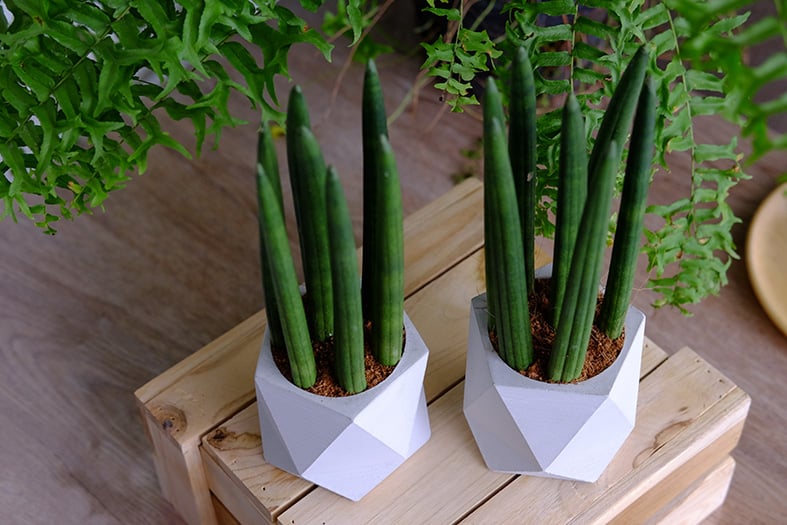
Sansevieria Cylindrica Features: An Overview
- The Sansevieria genus covers about 70 species of flowering plants, native to Africa, southern Asia, and Madagascar. One of the most popular houseplants related to Sansevieria Cylindrica is Dracaena Trifasciata, also known as the snake plant.
- Sansevieria Cylindrica is a succulent plant that has dark green-gray and smooth subcylindrical leaves. Each leaf can reach up to 7 feet (2.1 meters) in height and 1.2 inches (3 cm) in diameter.
- It is considered to be a slow-growing succulent, forming a few rosettes from underground rhizomes with at least 3 leaves each.
- This species has a unique place among the other Sansevieria plants that have strap-shaped leaves. It is said that the subcylindrical characteristic feature specific to its leaves is caused by a failure in expressing genes.
- These plants got the “spear” name due to the tips of their leaves that are protected by a tough and sharp point. Be careful not to break the spear because it may end the growth for it.
- A mature, healthy plant will bloom sporadically, producing an up to 3 feet (90 cm) spike-like of cream-white flowers. While these are not showy and impressive, their fragrance is very pleasing.
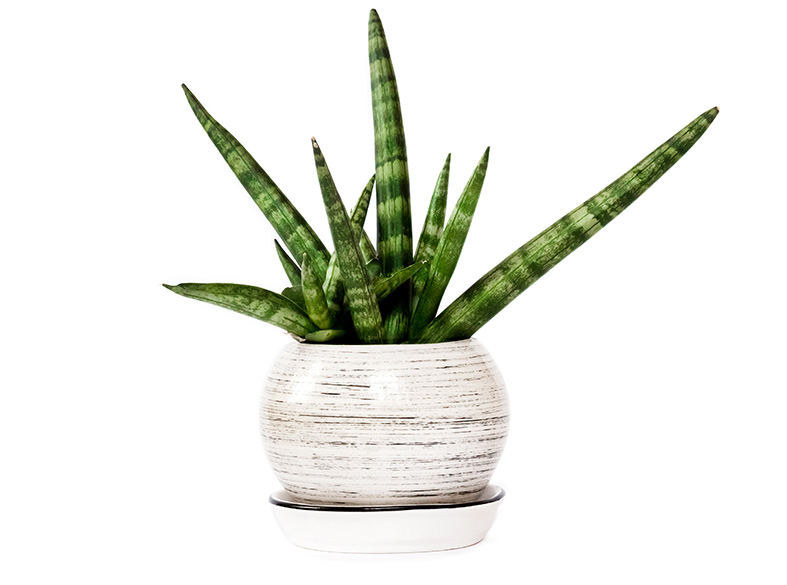
Growing Sansevieria Cylindrica
Sansevieria Cylindrica is a plant that can endure even the toughest and most extreme situations, but you should not take this for granted. If you want to have a happy and healthy plant in your proximity, it is recommended that you take good care of your succulent.
This plant thrives in plenty of direct and bright sunlight. Although it can withstand a place with low light conditions, it will not grow as you wish to in the darkness. However, very intense light may affect your plant’s well-being, causing the edges of the leaves to turn yellow.
The best indoor locations for it include a spot near the north-facing windows or in front of a sheer-covered one. When growing it outdoors, Sansevieria Cylindrica must be placed in bright light, but with a touch of shade when the sun is burning too much.
Being a tropical succulent, the African Spear plant naturally grows in dry and hot areas around the globe. For this reason, they do not get along well with cold temperatures, so anything that drops below 50 °F (10 °C) can be harmful to your plant.
- MEET SNAKE PLANT CYLINDRICA! This evergreen perennial native to tropical West Africa and Nigeria, is a great addition to any office or household as a natural air purifier. Snake plants have strong and sturdy, spire shaped leaves which are drought tolerant and retains the plants water.
- SNAKE PLANT! This plant can be easily propagated by leaf cuttings so you can multiply your family of snake plants or give them away as a gift.
- SNAKE PLANT! Snake plants are very forgiving and tolerate a wide range of temperature conditions. The ideal temperature is 60°-80° F. If the foliage turns yellow, move the plant to a warmer location.
- PERFECT SAFE PACKAGING! Our custom eco-friendly packaging ensures safe delivery. If your plant does arrive in a bad condition we are happy to send a replacement.
- SIZE 6''-12'' TALL INCL. POT! Our plants are procured from small tropical plant growers where quality is above all the biggest priority. They are shipped in custom boxes to ensure a healthy delivered plant.
- [TOP PICKS] - Expert-selected, vibrant plants delivered in peak condition.
- [COLD-SAFE & ECO] - Winter Protection always included. Secure, eco-friendly packaging ensures flawless delivery.
- [INSTANT GIFTS] - Beautifully packaged, ready-to-impress plant gifts for any occasion.
- [EASY CARE] - Thrive in indirect light; perfect for indoors or outdoors. Expert plant advice anytime.
- [WELLNESS BOOST] - Proven to purify air and reduce stress.
Last update on 2024-10-15 / Affiliate links / Images from Amazon Product Advertising API
The ideal soil required for your Sansevieria Cylindrica to grow should be a fast-draining, sandy soil such as cactus potting mixes. To avoid damaging your plant with damp potting conditions, make sure you plant it in a well-draining container.
Throughout the summer, feed your Sansevieria plant a general-purpose fertilizer for houseplants once every three weeks. This succulent is a light feeder, so you need to dilute the fertilizer to one-half of the strength suggested on the pack as too much of it can cause their stalks to bend.
Sansevieria Cylindrica plants are usually known for growing slow especially if they have to handle places with low light. However, if your plant is begging you to repot it after a few years, the best season to do it is spring. You can change the current pot with another that is one size larger and make sure you start to water the plant only after it got used to the new container.
Generally, these Cylindrical Snake plants do not demand regular pruning. In case you notice some yellow leaves or you just want to do it for a fresh look, you can use pruning shears to cut them at the base.
These plants are susceptible to damage from fungal infections as a result of root rot. Also, they tend to suffer from vine weevils’ attacks, eating the edges of their leaves. You can prevent damage to your Sansevieria Cylindrica plant using suitable fungicides and pesticides, such as neem oil.
Watering Sansevieria Cylindrica
Due to their tolerance to drought, the Sansevieria Cylindrica species must be watered moderately. Also, it is suggested that you get rid of the water in excess accumulated on the plate.
If you think the plant already needs another round of watering, you should wait until the soil dries out. Like most succulents, these plants store water in their leaves, so excessively wet soil will cause your Sansevieria plant to rot very quickly.
During their growing season from spring to autumn, Sansevieria Cylindrica plants need water only once every other week. In the winter or cold temperatures, they will be fine if you water them monthly, as there is no warmth to dry the soil.
Even if humidity levels are not very important for these perennials, it does not mean that an extra humid environment is the best choice. They like good aeration as long as the conditions do not get too dry.
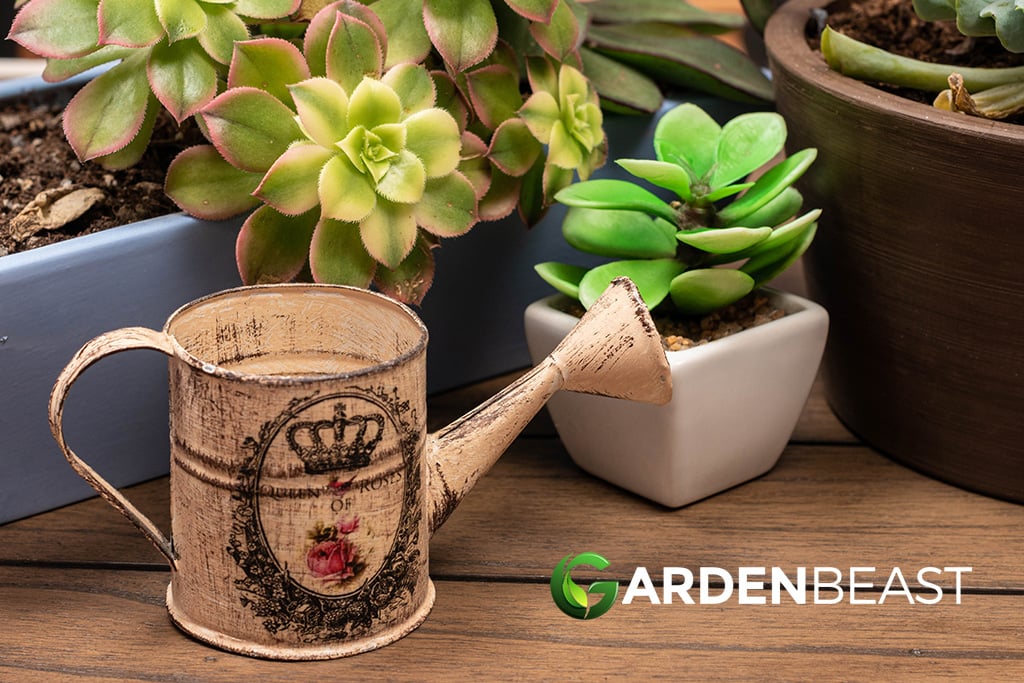
Propagating Sansevieria Cylindrica
To correctly propagate these African Spears succulents, it is required to know that they grow with rhizomes. These plants can be divided only when they have several spears.
You might consider waiting until the spears are about 6 inches (15 cm) tall before propagating your Sansevieria Cylindrica plant. Untangle and separate the rhizome close enough to the plant’s stalks, then give it some time to heal (usually, it takes a couple of days). When you notice that the plant is ready, bury the cutting’s crown in the same cactus potting mix you have been using for the mature Sansevieria or in a similar potting soil. Be careful not to cover the leaves!
If you want to be more of an old school gardener, you can also propagate Sansevieria Cylindrica plants with leaf cuttings. Using a sharp knife, remove a rosette of leaves and plant it in a new pot with the right side up. The cutting should be made from the roots, measuring at least 2 to 4 inches (5-10 cm).
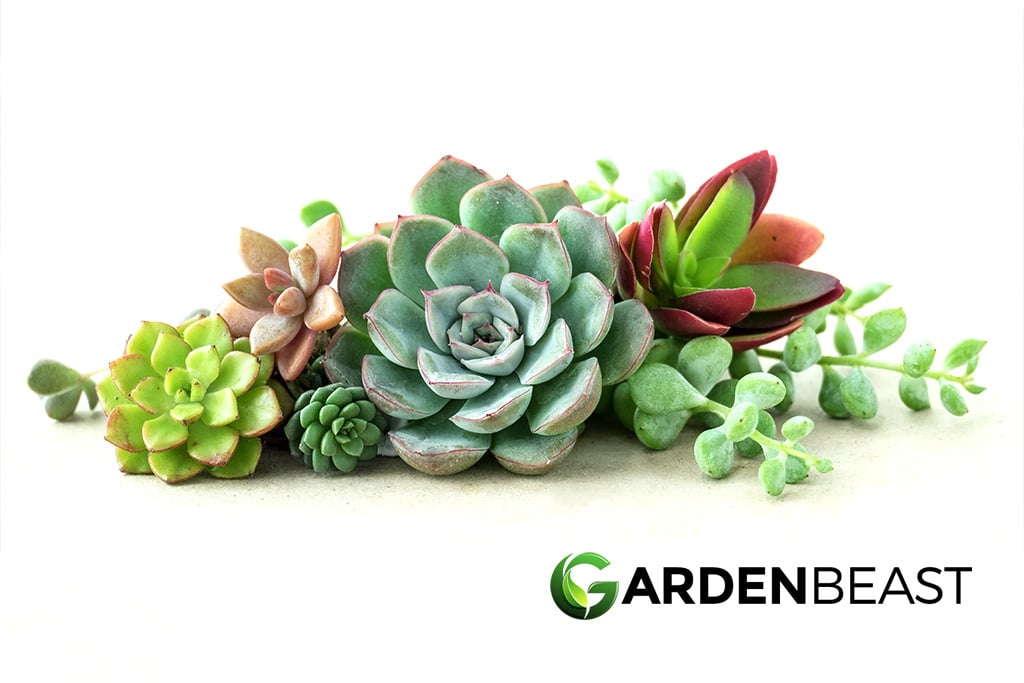
In Conclusion
Sansevieria Cylindrica succulents are popular ornamental houseplants. If the proper environmental conditions are met, these plants do well both indoors and outdoors. They can thrive even if you occasionally tend to be a careless or forgetful owner, making Sansevieria plants very easy to grow and care for.
The very few demands of these plants are a warm place in your home that provides bright and direct sunlight, a well-draining pot filled with a cactus potting mix, weekly watering during their growing season, and less attention in the winter. Also, when the Sansevieria plant will feel happy and loved, it will reward you with the mesmerizing fragrance of their flowers.
Other Types of Succulents
- Complete Guide to Succulents
- How to Plant Succulents
- How to Water Succulents
- How to Grow Succulents from Seeds
- Why is my Succulent Dying?
Sansevieria Cylindrica FAQS
How do you take care of a Sansevieria cylindrica?
Sansevieria cylindrica, or African Spear, is quite resilient and can withstand a range of conditions. However, for optimal growth, it prefers bright, direct light and temperatures between 50 and 85 °F. The plant requires fast-draining soil and should be watered moderately, ensuring the soil dries out between waterings. Fertilize it during its active growing season.
Does Sansevieria cylindrica need sunlight?
Yes, Sansevieria cylindrica thrives in bright, direct sunlight. While it can survive in some shady places, lack of sufficient sunlight will inhibit its growth. However, extremely intense light can cause the edges of the leaves to turn yellow.
Is Sansevieria cylindrica rare?
While not extremely common, Sansevieria cylindrica isn’t considered rare. It’s a popular houseplant thanks to its striking appearance and resilience to varying conditions.
Is African Spear (Sansevieria cylindrica) toxic?
Yes, Sansevieria cylindrica is toxic to pets and children if ingested. It can cause symptoms like nausea, vomiting, and diarrhea. Always ensure to place the plant out of reach of pets and children.
Is Sansevieria toxic to humans?
Yes, all parts of the Sansevieria plant are mildly toxic if ingested by humans. The plant contains saponins, which can cause nausea, vomiting, and diarrhea if ingested. Contact with the plant’s sap can cause skin irritation.
Is the snake plant (Sansevieria trifasciata) toxic to humans?
Yes, like Sansevieria cylindrica, the snake plant (Sansevieria trifasciata) is also mildly toxic to humans if ingested. It can cause symptoms such as nausea, vomiting, and diarrhea. It is also best to keep it out of reach of pets and children.

